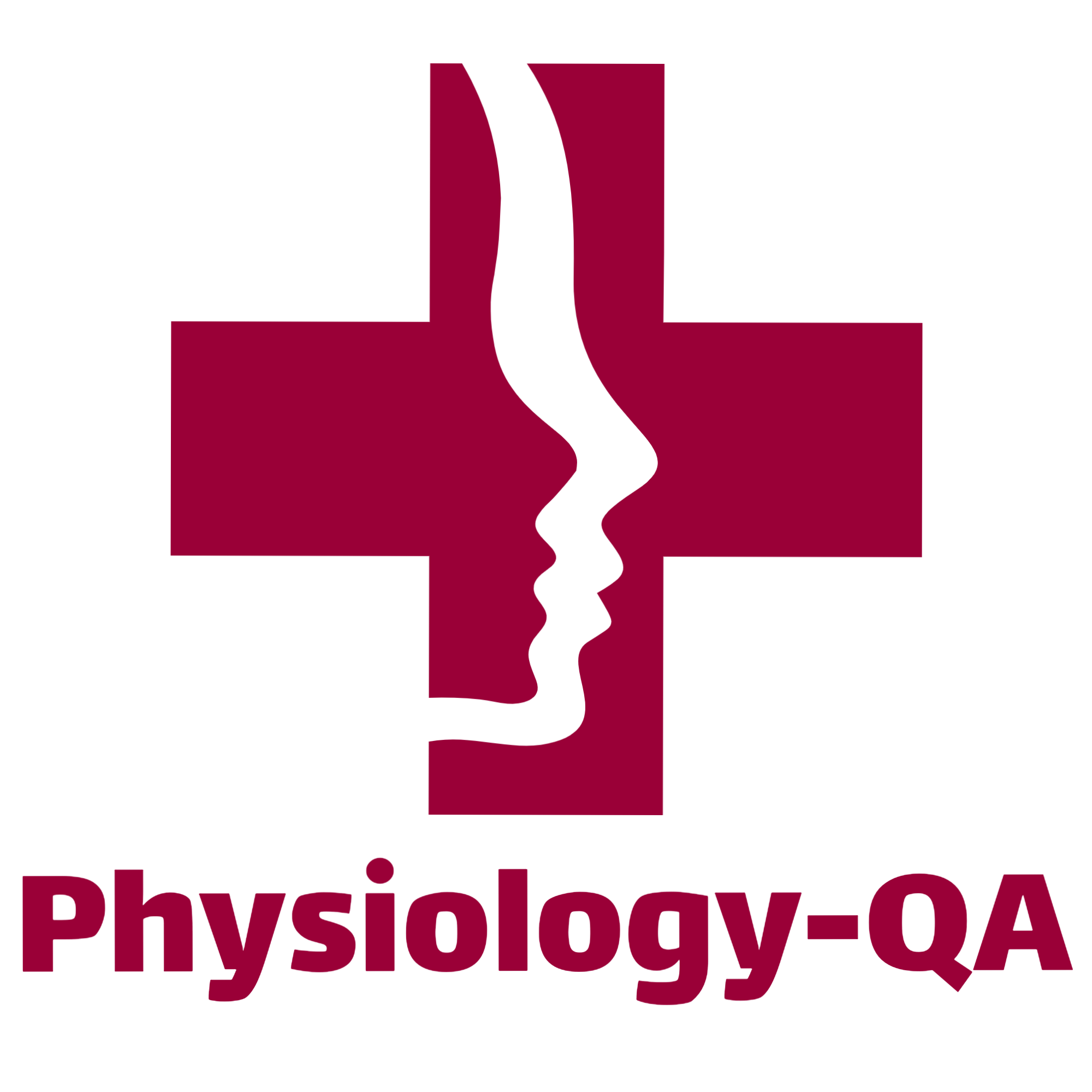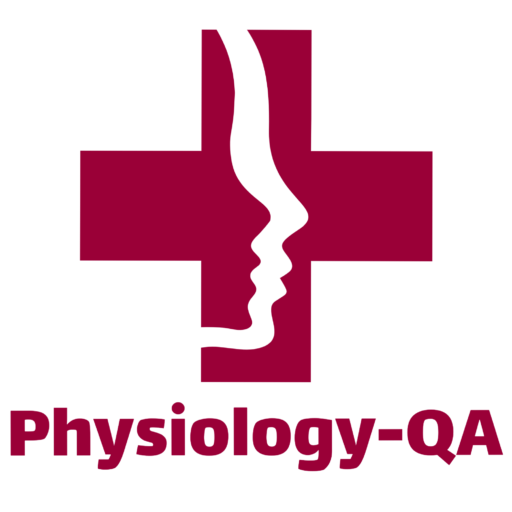Role of oxytocin in female reproduction
Oxytocin plays a crucial role in various aspects of female reproduction. Here are the key roles of oxytocin in female reproductive processes:
Labor and childbirth: Oxytocin is often referred to as the “labor hormone” because it stimulates uterine contractions during labor. It helps initiate and regulate the rhythmic contractions of the uterus, aiding in the progression of labor and the delivery of the baby.
Milk let-down reflex: Oxytocin is responsible for the release of milk from the mammary glands during breastfeeding. It triggers the contraction of cells around the milk-filled glands, allowing milk to flow and facilitating breastfeeding.
Bonding and maternal behavior: Oxytocin is involved in promoting maternal bonding and nurturing behavior. It enhances feelings of attachment, love, and bonding between a mother and her baby, helping to establish and strengthen the maternal-infant relationship.
Menstrual cycle and ovulation: Oxytocin can influence the menstrual cycle by affecting the release of gonadotropin-releasing hormone (GnRH), which controls the release of follicle-stimulating hormone (FSH) and luteinizing hormone (LH). Oxytocin levels may fluctuate during the menstrual cycle, potentially influencing ovulation.
Sexual response and orgasm: Oxytocin is associated with sexual arousal, pleasure, and orgasm. It is released during sexual activity and contributes to the pleasurable sensations experienced during orgasm. Oxytocin can also promote bonding and feelings of intimacy between sexual partners.
Effects of estrogen on uterine endometrium
Estrogen plays a crucial role in regulating the growth and maintenance of the uterine endometrium, which is the inner lining of the uterus.
Proliferation and thickening: Estrogen stimulates the growth and proliferation of the endometrial cells. During the follicular phase of the menstrual cycle, increasing levels of estrogen cause the endometrium to thicken, preparing it for potential implantation of a fertilized egg.
Endometrial gland development: Estrogen promotes the development and branching of endometrial glands. These glands secrete various substances that are necessary for the nourishment and preparation of the endometrium for potential pregnancy.
Increased vascularity: Estrogen induces the growth of blood vessels within the endometrium, leading to increased vascularity. This enhanced blood flow supplies oxygen and nutrients to the endometrial tissue, creating a favorable environment for embryo implantation.
Maintenance of endometrium: Estrogen helps maintain the integrity of the endometrium throughout the menstrual cycle. It promotes the thickening and maintenance of the endometrial lining, ensuring its receptivity to a fertilized egg.
Preparation for implantation: Estrogen influences the composition of the endometrial mucus, making it more receptive to sperm migration and facilitating their movement through the cervix and into the uterus.
write short note on LH Surge
The LH surge is a brief but significant increase in luteinizing hormone (LH) levels that occurs during the menstrual cycle in females.
Timing: The LH surge typically takes place in the middle of the menstrual cycle, around 24 to 36 hours before ovulation. It is triggered by a complex interplay of hormonal signals and feedback mechanisms.
Ovulation trigger: The LH surge is a crucial event that triggers ovulation, which is the release of a mature egg from the ovary. The surge causes the dominant ovarian follicle to rupture, releasing the egg into the fallopian tube, where it can potentially be fertilized by sperm.
Follicle-stimulating hormone (FSH) interaction: The LH surge is closely linked to the follicle-stimulating hormone (FSH) in the menstrual cycle. FSH stimulates the growth and development of ovarian follicles, and as the dominant follicle matures, it produces increasing levels of estrogen. This rise in estrogen levels triggers a positive feedback loop, leading to the LH surge.
Ovulation predictor: Monitoring the LH surge can be used as a method to predict ovulation and optimize the timing of intercourse for couples trying to conceive. Ovulation predictor kits (OPKs) are available to detect the surge by measuring LH levels in urine or saliva.
Corpus luteum formation: After ovulation, the remaining follicle transforms into a structure called the corpus luteum. The corpus luteum secretes progesterone, which prepares the uterus for potential implantation and maintains the endometrium during the luteal phase of the menstrual cycle.
what are the Indicators of ovulation
INDICATORS OF OVULATION
1. Basal Body Temperature- A rise of 0.50C after ovulation
2. Billings Method –
Cervical Mucus :
Before ovulation- Elastic, Stretchable upto 10 cms (Spinnbarkeit effect)
After ovulation – Thick and can not be stretched
3. Fern Test
Before Ovulation –cervical mucus produce a fern pattern when dried on a glass
slide
After Ovulation – Fern pattern disappears
4. Biopsy of the endometrium – checking for the secretory phase
5. Endoscopy
6. Blood Gonadotrophins Level
7. Ultrasound Abdomen
Write short note on Placental hormones
Placental Hormones
-Human Chorionic Gonadotrophin (HCG)– Human Placental Lactogen (HPL, HCS – Human Chorionic Somatomammotrophin)
-Human Chorionic Thyrotrophin (HCT)
-Oestrogen , Progesterone
-Relaxin
Human Chorionic Gonadotrophin (HCG)
Growth of Corpus Luteum
Presence in Serum & Urine – Diagnostic of Pregnancy
Growth of Testis / Ovarian Follicles in Fetus
Human Placental Lactogen
– Maternal Growth Hormone of Pregnancy
– Growth of Breast glands
– Retention of Nitrogen, Calcium , Sodium
– Makes Glucose & Fats available to the Fetus
Oestrogen
– Growth of ducts of Breast glands
– Increases the sensitivity of uterus to Oxytocin
Progesterone
– Growth of alveoli of Breast glands
– Maintenance of Pregnancy
Relaxin – Relaxes Pelvic joints & Pubic symphysis
Contraceptive methods in female
A. Conventional methods
1. Use of diaphragm on the cervix.
Disadvantages: (i) trained persons will be needed to demonstrate the
technique of use; (ii) it can cause local infection if left in the vagina.
2. Use of douches, spermicidal jellies and creams. For example, Today (trade name) is a small polyurethane foam sponge saturated with spermicide, monoxynol-9.
Disadvantage: Besides producing messiness it (untidy) produces burning sensation and irritation locally.
3. Rhythm method or calendar method. This method involves confinement of sexual intercourse to safe period only . The method is not practical and has not been satisfactory as a means of preventing pregnancy.
B. Tubectomy i.e. bilateral ligation of the fallopian tubes. This method is relatively safe, convenient and permanent means of preventing pregnancy.
C. Intrauterine Device
Implantation of a foreign body (a piece of metal or plastic) into the uterine cavity for contraceptive purposes is called intrauterine device (IUD).
Types: IUDs are of three types:
1. Non-medicated IUD eg. Lippes loop. It is double ) S-shaped, made of polyethylene, a plastic which is non- toxic, non-tissue reactive. It has an attached thread or a tail made of fine nylon, which projects into the vagina after insertion.
2. Copper IUD e.g. Copper-T. It acts by altering the 3 composition of cervical mucus and also decreases sperm motility.
3. Hormone releasing IUD. It is filled with progesterone and acts by increasing the viscosity of cervical mucus It also makes the endometrium unfavourable for implantation of fertilized ovum.
D. Contraceptive pills If correctly used contraceptive pills are 100% successful in preventing fertilization. The commonly employed contraceptive pills are:
1. Classical pill or combined pill
It contains orally active progesterone (nor-ethioesterone, norethynodrel, chromadinone etc.), combined with small amounts of oestrogens (ethinyloestradiol). The pill is given for 21 consecutive days beginning on he 5th day of the menstrual cycle (pill is given from the 5th to 25th day of the menstrual cycle).
When the bleeding occurs this is considered as the first day of the next cycle. The bleeding is from an incompletely formed endometrium caused by the withdrawal of exogenous hormones. Therefore, it is called withdrawl bleeding rather than menstruation.
Mode of action
(i) By an action or hypothalamus which inhibits the
secretion of LH. This, in turn, inhibits ovulation.
(ii) It makes the cervical mucus thick which renders the cervical mucus hostile (unfriendly) to sperm penetration.
(iii) It induces endometrial changes which prevent implantation of the blastocyst.
2. Sequential pill
It involves administration of high dose of oestrogen for 15 days followed by 5 days of oestrogen plus progesterone. This inhibits ovulation by suppressing the release of both FSH and LH (role of FSH and LH in conception, page 714). Disadvantage: This increases the incidence of carcinoma (cancer) of the endometrium.
3. Administration of large doses of oestrogen decrease FSH level with multiple irregular bursts of LH secretion rather than a single mid-cycle peak thereby producing anovulatory cycles.
4. Mini pill or micropill
It involves the administration of low dose of progesterone’ through whole of the menstrual cycle. This prevents fertility without inhibiting ovulation. It may act on:
(i) cervical mucus (forming a viscous plug), or
(ii) endometrium, or
(iii) decrease the motility of fallopian tubes.
5. Post-coital pill or ‘Morning after’ pill
It is recommended within 48 hours of an unprotected intercourse. The method employed is to give a double dose of ‘combined pill’, that is 2 pills immediately followed by another 2 pills 12 hours later. It is advocated as an emergency method; for example, after unprotected intercourse, rape or contraceptive failure.
Disadvantages of contraceptive pills
Long use of oral contraceptives significantly produces:
(i) high risks of thrombo-embolic phenomenon
(ii) precipitate diabetes mellitus
(iii) increases systemic arterial BP by their salt retaining properties.
6. Progesterone antagonist, such as ‘Mifepristone’, is helpful in producing abortion following the conception. It acts by inhibiting the progestational effects on the uterus.

